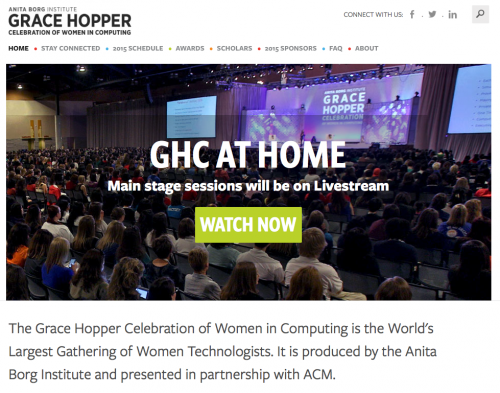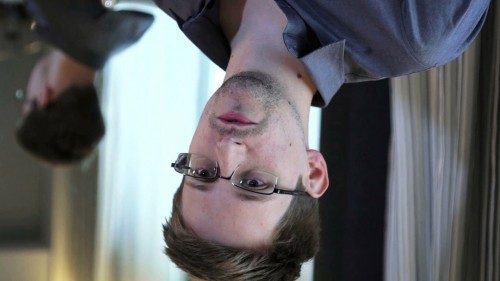
Hello Everyone,
We are excited to announce that co-editors David A. Banks and Jenny Davis will be guest editing a special issue of the open access journal Social Sciences on Social Media, Internet, and Society. The CFP is below and we hope to get lots of submissions from the extended Cyborgology family! CFP and submission instructions are below and here.









